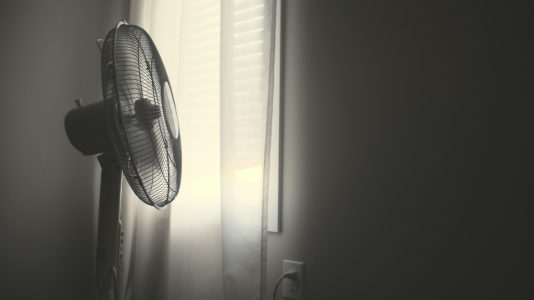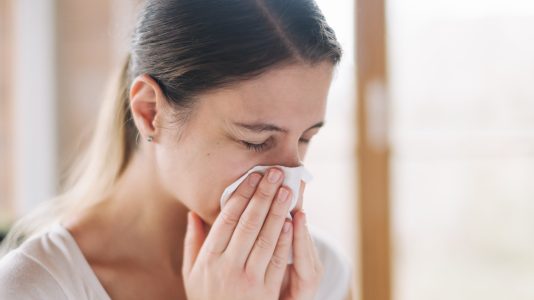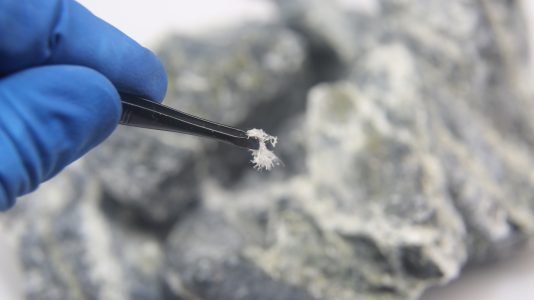How a heat wave affects indoor air quality
July 4th, 2021
On average, Canadians spend 90% of their time indoors. And during uncomfortably high temperatures and summer heat waves, people and pets are driven indoors in search of cooler air. It’s no wonder, then, that indoor air quality is an important health concern and is top of mind when the thermometer climbs above 30 degrees Celsius.
Intense heat events have direct and indirect effects on indoor air quality. In this article, the indoor air quality team at Qualtiam in Montreal share some insights about how a heat wave affects indoor air quality. We’ll be looking at:
● Increased risks of certain contaminants during heat waves
● Signs of poor indoor air quality
● Tips for improving indoor air quality during heat waves
If you have questions or concerns about your indoor air quality as the summer progresses, don’t hesitate to reach out. Qualitam offers indoor air quality testing services which include a site-visit to monitor and measure various elements in your home which affect air quality. Samples are then sent to an accredited lab for analysis and then we present the findings with an easy to understand interpretation of the results and recommendations for improving the quality of air in your home.
Indoor air contaminants during heat waves
When the heat rises above 30 degrees Celsius, many people retreat indoors to stay cool. The quality of our indoor air can become poor during extreme heat whether you’re using HVAC air conditioning, a ductless wall-mounted or window unit, or other types of fans to keep cool. Let’s look at some key elements that fluctuate during heat waves.
Ventilation
Ventilation is a very important part of high indoor air quality and when windows are shut to keep out the heat, ventilation naturally decreases. Fans help to circulate the air to help us feel cooler, but they do not exchange indoor and outdoor air as needed. Air conditioners, whether HVAC or ductless wall-mounted systems with filters are the best solution for keeping an area well ventilated during high summer heat.
Ozone
During extremely hot weather ozone levels rise significantly. Ozone is a chemical pollutant that results from a reaction between nitrogen oxides, volatile organic compounds and oxygen.
Radon
Radon doesn’t necessarily increase during heat waves, but because we have decreased ventilation, radon has more opportunity to attach to the increased dust, dander, and pollen that accumulates in stagnant air. When inhaled, radon gas particles can become lodged in lung tissue and can lead to serious health problems.
Pollen
Depending on when heat waves occur, high concentrations of pollen can become trapped inside our homes that aren’t being ventilated properly. For those with seasonal allergies, having increased amounts of this fine yellow or green dust in our homes can cause extra inflammation and discomfort.
Mold Spores
Mold spores which are introduced into our homes from the outdoors become a bigger issue during heatwaves because of the higher indoor humidity that allows them to grow and thrive. Mold can cause serious damage to impacted buildings and cause serious respiratory, eye, skin, digestive and even mental health effects.
Humidity
Heat and humidity go hand in hand, and during extremely high or prolonged heat, humidity levels can build up in our homes and have a negative effect on indoor air quality. Air conditioners can help to regulate the humidity, keeping the air noticeably more comfortable and filtering out indoor air pollutants at the same time.
Common signs and symptoms of low indoor air quality
When exposed to poor quality indoor air, people can exhibit symptoms such as:
● headaches, fatigue, and shortness of breath
● worsening allergy and asthma symptoms
● sinus congestion, cough, and sneezing
● eye, nose, throat, and skin irritation
● dizziness and nausea
Added to the discomfort and dangers associated with being overheated or suffering heat stroke, it’s no wonder that indoor air quality during heat waves is no laughing matter.
Tips for improving indoor air quality during a heat wave
In order to keep you and your family healthy, here are some quick tips for improving the indoor air quality in your home during hot, humid weather.
1. Ventilate, ventilate, ventilate! Using a filtered air conditioner (either HVAC or ductless) is the best way to exchange outdoor air and filter out contaminants and pollutants.
2. Change or clean the filter in your air conditioner depending on the type you have
3. Use exhaust fans for at least 15 minutes after cooking or showering
4. Open windows when air is freshest and pollution is lowest during early morning hours
5. Avoid heavily scented air fresheners, candles, hygiene and cleaning products
Take control of your indoor air quality
A healthy home starts with healthy air. If you have questions about how to improve the quality of the indoor air for your family, don’t hesitate to contact us here at Qualitam. Our team of engineers and building inspectors have been helping homeowners make informed choices about their properties for over 20 years. We offer air quality testing services across the Montreal region including the South Shore, the North Shore, the West Island and Laval and would be happy to answer your questions today.





